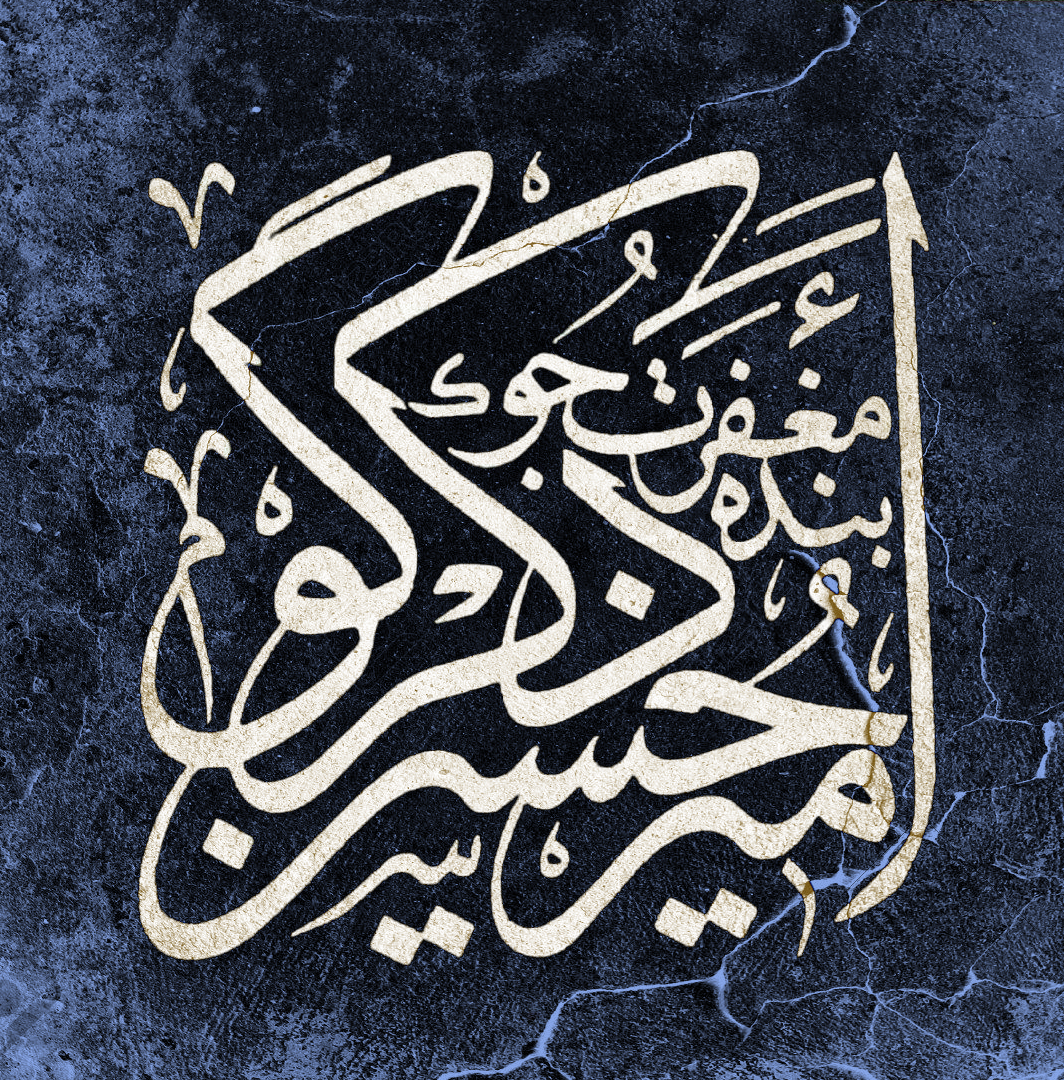A personal Experience of Artistic Expression
My long engagement with India-a living culture with a charismatic and inspiring identity- has been fruitful. The last few years of my stay in India (early 1990s) marked my involvement in a huge art project that provided a unique opportunity for me to leave behind something worth while. The new building of the Iranian Embassy in New Delhi was under construction and I was asked to apply my creative ability and artistic expertise to enrich the project.
My long engagement with India-a living culture with a charismatic and inspiring identity- has been fruitful. The last few years of my stay in India (early 1990s) marked my involvement in a huge art project that provided a unique opportunity for me to leave behind something worth while. The new building of the Iranian Embassy in New Delhi was under construction and I was asked to apply my creative ability and artistic expertise to enrich the project.
My engagement lasted some two years. The first stage was the most confusing; I wanted to develop a visual concept that would reflect the deep ties between the two civilizations. After a couple of months and a few hundred sketches, the idea eventually surfaced: two birds –peacock and Simorgh- where to represent the two civilizations. The peacock has often been associated with India in Persian Literature; it symbolizes ultimate beauty and grace. Simorgh, on the other hand, is a famous mythical bird that has been associated exclusively with Iranian identity. It plays a significant role in the Shahname of Ferdowsi, symbolizing a connection to heavenly realm and divine protection. The two birds were composed in such a manner that a single line would mark their touching chests- symbolizing the unity of hearts.
The form of each bird was perfected in a few line drawings and then taken to a higher stage of a proper painting with colours to enrich the idea .
The form of each bird was perfected in a few line drawings and then taken to a higher stage of a proper painting with colours to enrich the idea .
Though the colourful painting was aesthetically pleasing, I felt it didn`t quite express what I was trying to accomplish; that is to say, the timeless quality that I pursued, was not quite there! This took me to yet another stage of deliberation; this time to find the ‘right medium’- something that would display the firm foundation of an age old relation. After a while of research, ‘copper’ proved just the right material – a firm surface with an old warm earthy colour that, with the help of high heat and pressure, would take on the forms of delicately engraved lines, embossed curves and graceful volumes. Reintroducing the desired volume to a flat design was not easy; it required experimenting with clay first. Working with clay, I produced a number of three dimensional prototypes before experimenting with copper sheets. The idea was crystallizing bit by bit and step by step.
The next phase was to execute the design on real metal. Two small copper prototypeswith slight variations were created – one with a simple shiny polish, and the other with artificial patina to give it an old rustic mood . The plane copper effect was eventually selected for final execution.
The final art work, which formed the centre piece of the mural, is a colossal embossed sheet approximately 4 meters wide and 8 meters tall. The background contains elements of plant life, such as branches, leaves, blossoms and flowers, and of animal life including snail, fish, birds, eggs and human forms- all intertwined with arabesque designs and, in between, Persian couplets by Shams al-DinMUhammad Hafiz in Nasta’liq style of calligraphy –another shared cultural element of India and Iran .Together they are meant to represent the continuous process of life enriched with art and literature.
To further elaborate the centre piece –both in terms of aesthetic/visual enhancement of the ambiance, and in terms of the message and relevance to historical context –two colossal panels were designed each consisting of 14 individual pieces; these side panels are mirror image of an identical composition, echoing the message in both direction. In designing them, I used element from the two chief phases of Iranian history – the pre-Islamic and the Islamic period .
The entire mural was designed for, and installed on, three walls of the octagonal entrance hall, with a domed roof elevated some 12 meters above the floor. The design and execution of the dome’s interior was also my responsibility. The dome has eight projecting lines issued from the nucleus, echoing the eight sided structure that supports it.
These lines form an eight pointed star, also known as Mohammadan star, at the center, harmonized with eight dome-shaped arches at the circumference. Square Kufic script was adopted for decorate of the interior surface of the dome: the Qur’anic expression “Alhamdolillah” (All Praise is to the God Alone) is repeated sixteen times within the eight-pointed star .
